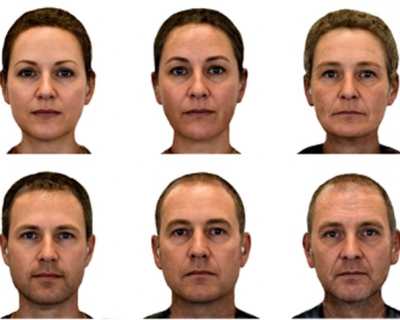DunedinPACE is a biomarker that measures the human pace of aging. It is designed to function as a speedometer for aging, offering a single-timepoint measurement of how fast a person is now aging.
The details of DunedinPACE are published in a scientific article (Belsky et al. 2022 eLife, link here.).
Code is available on GitHub, here to compute DunedinPACE from Illumina 450k or EPIC1 or EPIC2 array DNA methylation data. The code is also included in BioLearn..
Dunedin PACE has now been validated in more than 50 large cohorts, including older adults and children, in more than 15 countries, and more than 5 ethnic ancestry groups (see details here). More than 150 publications have reported DunedinPACE.
Five design advantages distinguish DunedinPACE from other aging measures:
First, DunedinPACE was derived on a cohort of people who were all born the same year; it has no noise from differences in historical exposures that in multi-age samples alter the participants’ bodies or their epigenome.
Second, DunedinPACE was derived from 19 biomarkers ascertained longitudinally at ages 26, 32, 38, and 45, comprising 69,715 data points; it has no noise from short term illnesses that could elevate a biomarker temporarily.
Third, DunedinPACE was derived in a cohort of healthy adults studied up to age 45; it has no noise from late-life chronic diseases such as diabetes, heart disease, dementia, or cancer, because these diseases have not yet onset in the Dunedin cohort.
Fourth, DunedinPACE was derived in a midlife cohort for which attrition by death has been under 3%; it has no noise from “survivor bias” in which the fastest-aging older participants have already died.
Fifth, DunedinPACE was derived from a pool of DNA methylation probe sites that were pre-selected to have strong test-retest reliability, yielding reliability over .90 for DunedinPACE.
DunedinPACE is sometimes referred to as a “third generation” among clocks, because earlier generations of clocks were not derived in longitudinal data to assess actual physiological decline in healthy people who are all the same chronological age.

